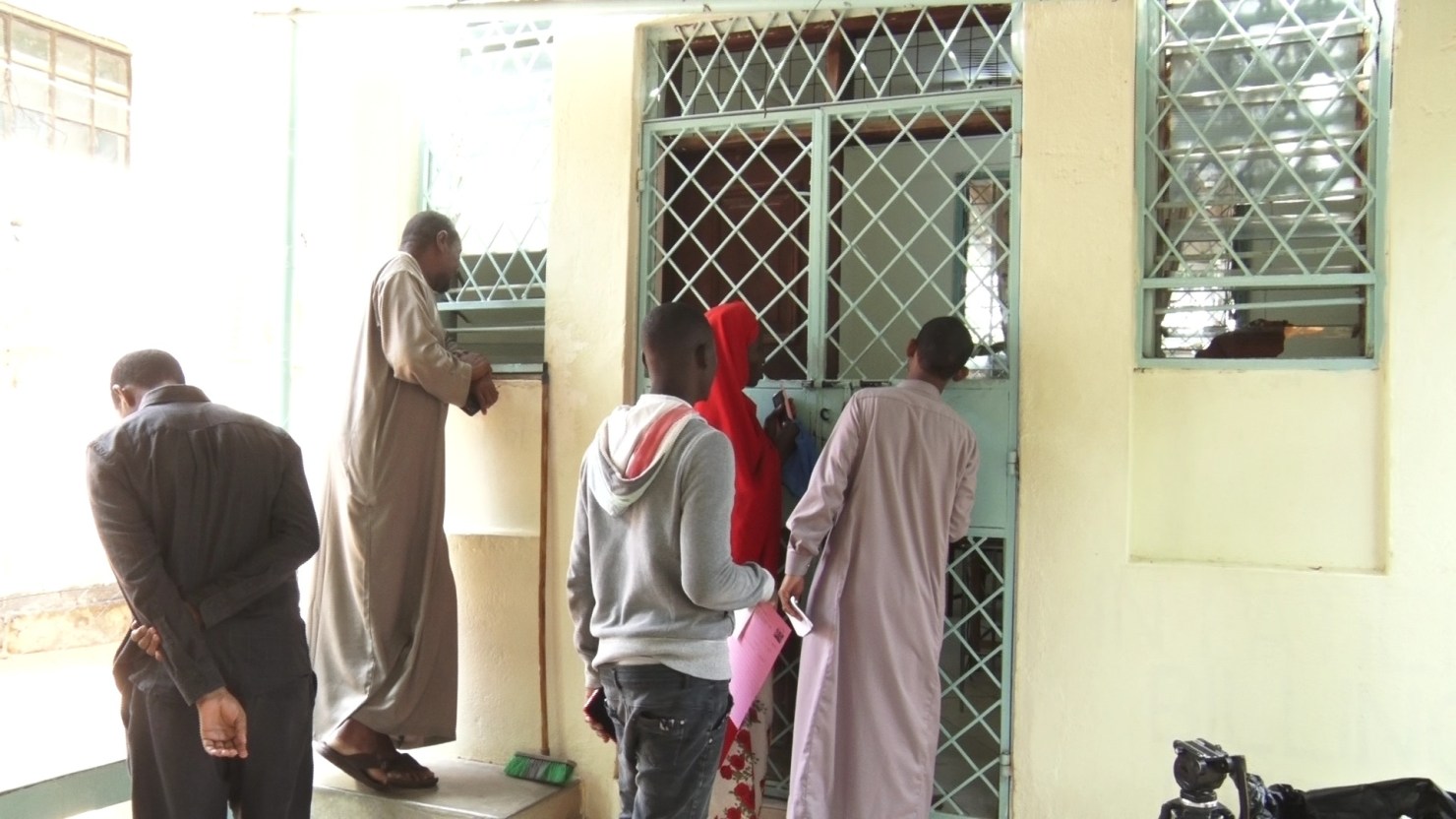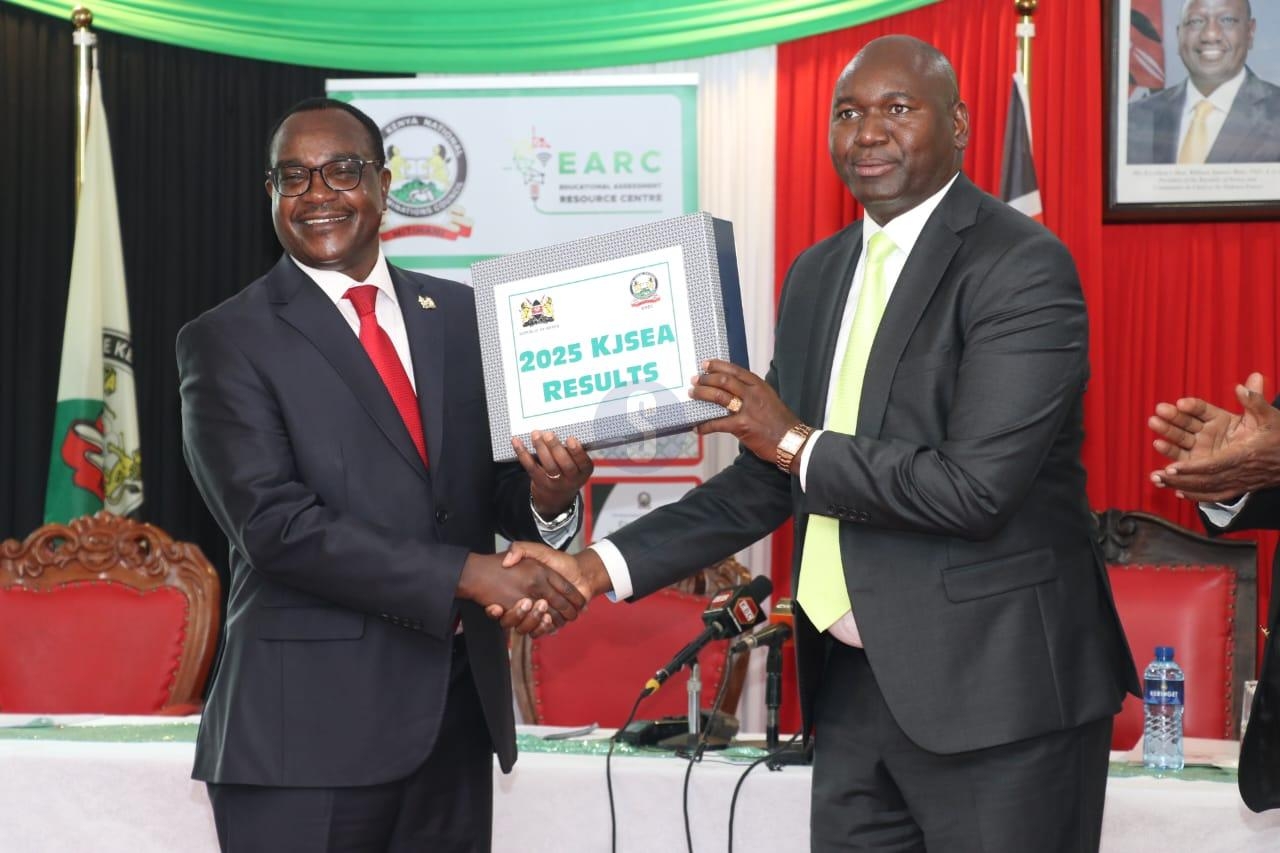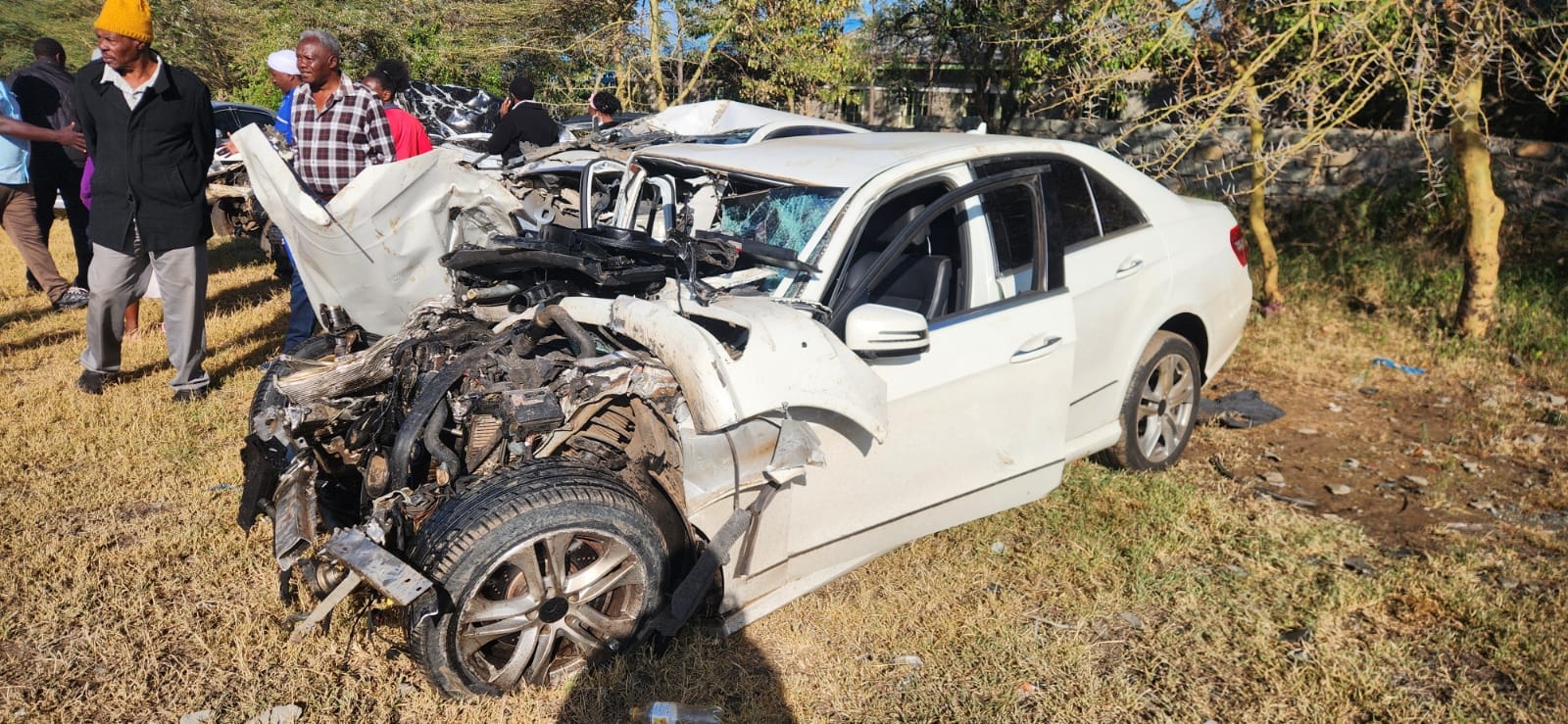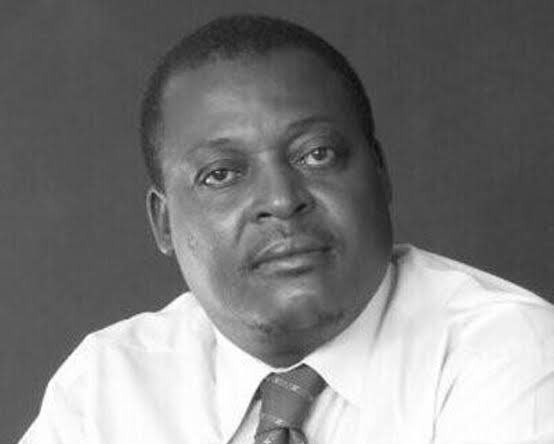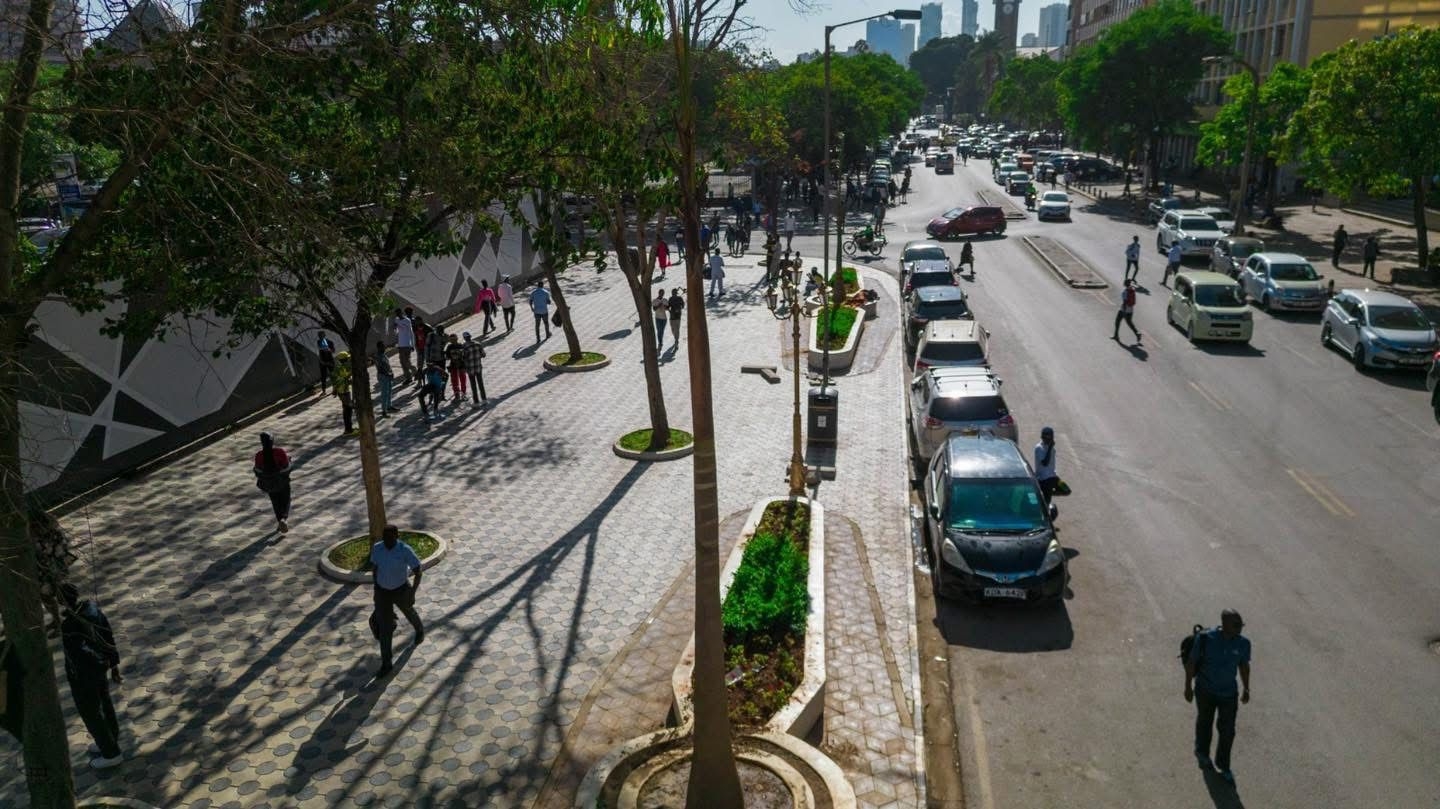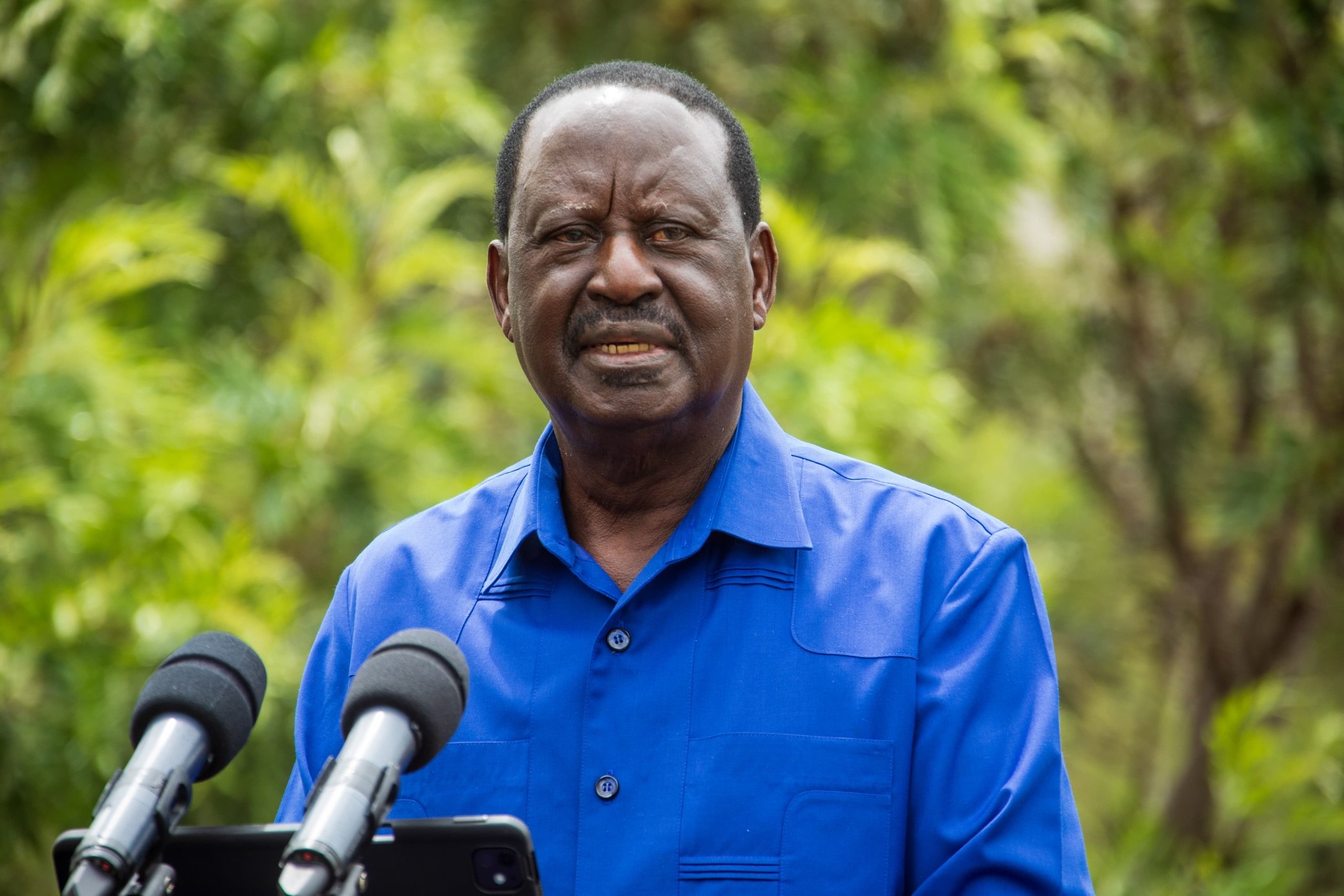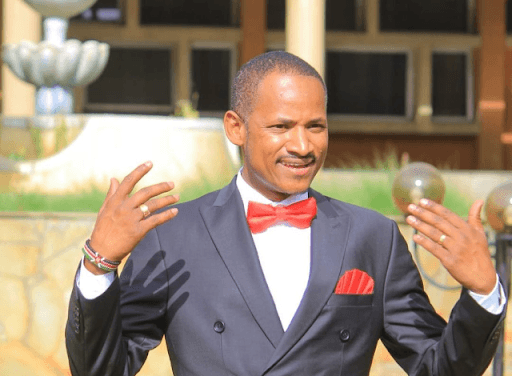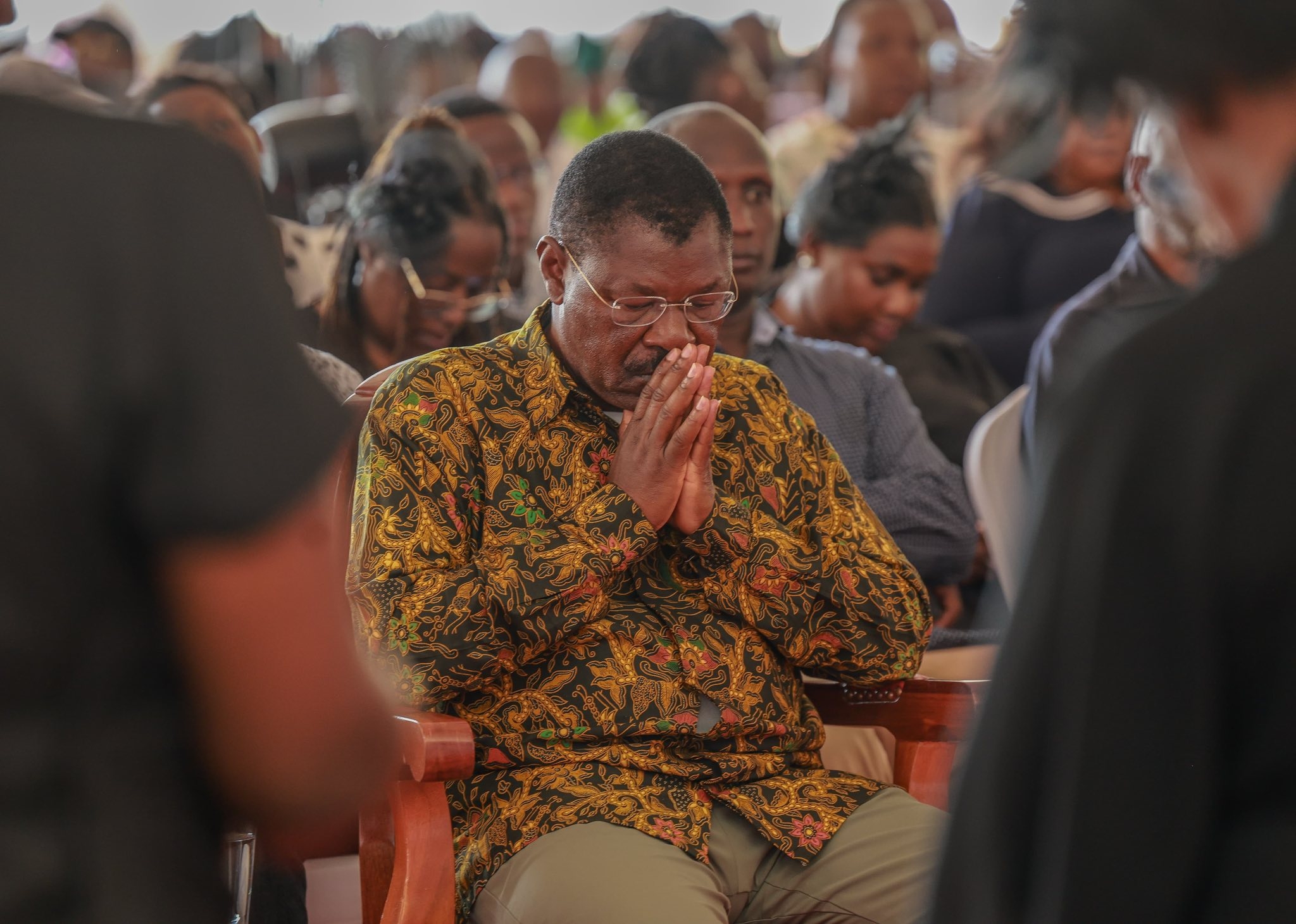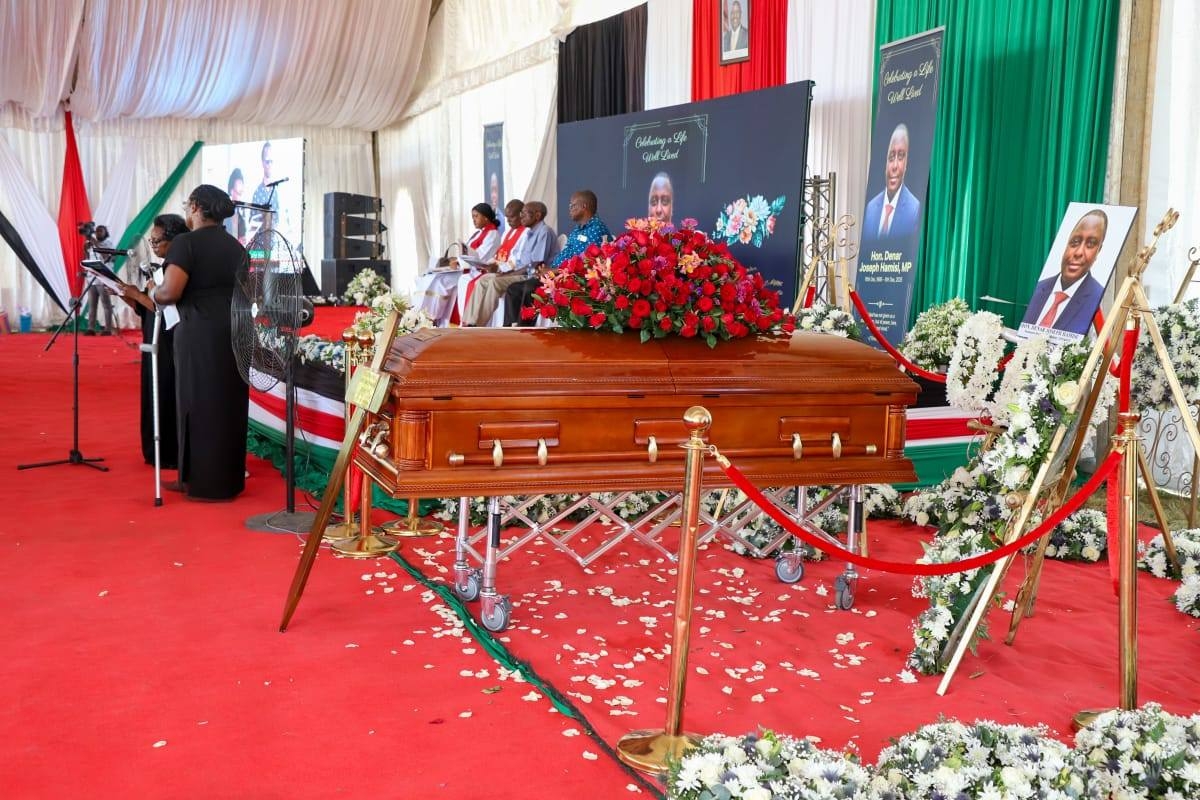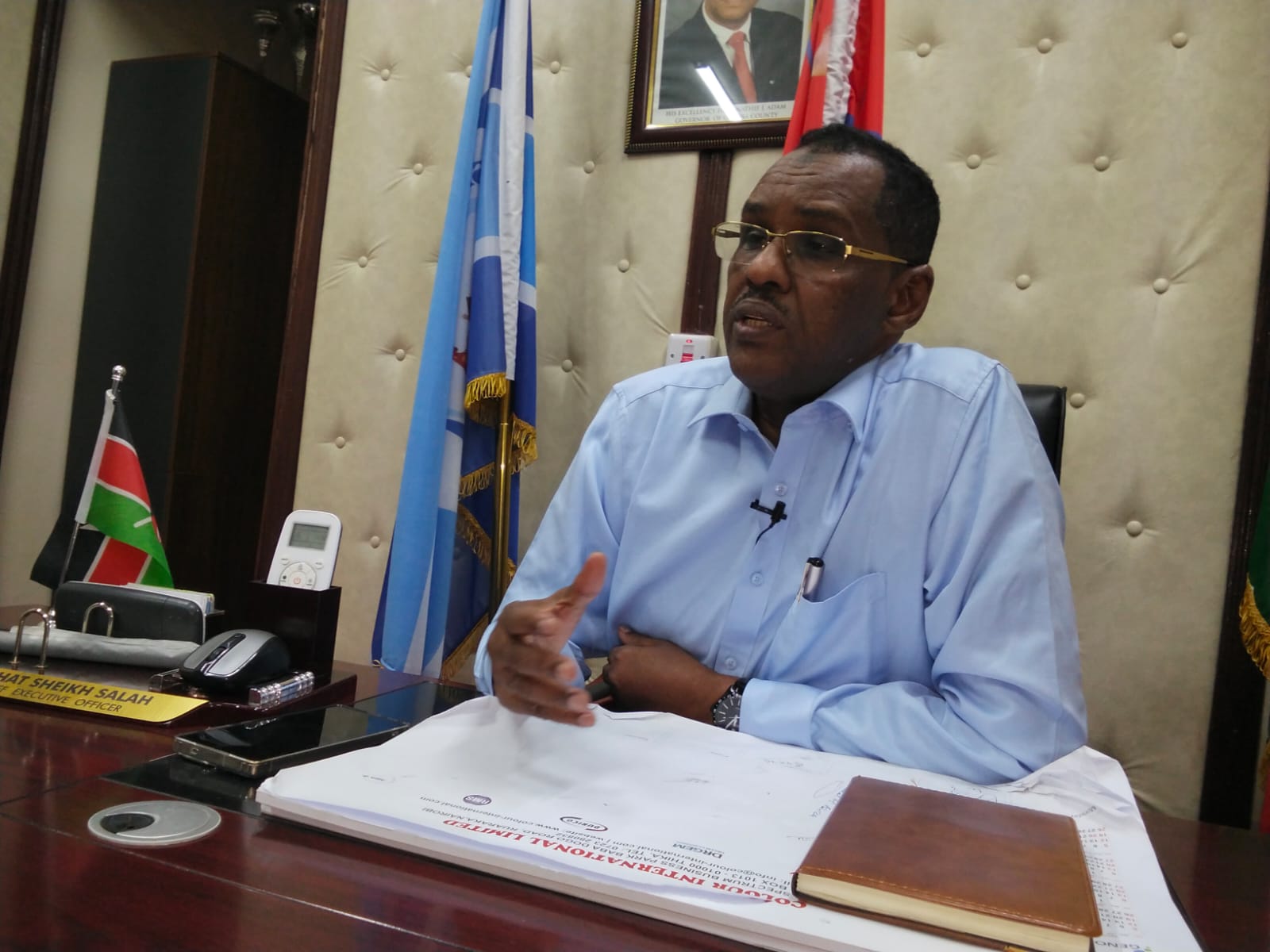
Garissa county referral hospital Chief Executive Officer Mahat Sheikh Salah speaking to the press in his office.
The hospital, formerly known as Garissa Provincial Hospital, is the oldest health institution in the region and has long served as a lifeline for communities.
Before the automation of services, the hospital conducted most of its services manually, posing a lot of challenges.
Now, patient records, lab results and medical histories can be accessed instantly.
“We have trained staff and upgraded our IT infrastructure. This improves patient flow, accountability and data for planning," Salah said.
“The digitisation has also reduced manual work and administrative tasks such as billing, appointment scheduling and inventory. Workflow has also been streamlined and doctors, nurses and administrative staff can now easily collaborate with a lot of ease."
The digital system has also reduced the need for physical storage and paper-based documentation hence optimised resource use.
Salah said the automation has also increased revenue.
“Healthcare is not a luxury. It is a human right. Our vision is to make Garissa County Teaching and Referral Hospital a centre of excellence in quality, affordable and accessible health services for all residents of northern Kenya," he said.
Salah said his next urgent priority is infrastructure upgrade and expansion. Over the past year, the hospital has renovated its maternity and emergency units and is currently building a new neonatal ICU ward.
It serves as a referral centre for six counties; Garissa, Wajir, Mandera, Tana River, Isiolo and parts of Marsabit.
The referral hospital receives hundreds of patients daily, many of them low-income earners, pastoralists and refugees from Dadaab, placing an enormous pressure on its infrastructure and staff.
A modern oxygen plant has been installed rehabilitation work completed on its main operating theatre — a move that has reduced reliance on costly referrals to Nairobi and Mombasa.
The hospital is also working to integrate the Social Health Authority scheme to reduce out-of-pocket payments and ease access to services.
Despite the progress, Salah is candid about persisting challenges such as irregular medical supplies, limited funding, understaffing and long waiting times.
“Our staff are stretched. We need more doctors, nurses and lab technicians. We’re engaging the county government and the Ministry of Health for support,” he said.
The CEO also called for community involvement in safeguarding hospital facilities and curbing misuse of services.
He urged development partners, donors and NGOs to collaborate in strengthening the region’s health system.
“Health is not just a government issue — it is everyone’s responsibility,” Mahat said. “We invite partnerships in cancer screening, dialysis, maternal health and nutrition.”
The construction of a new mother-and-child wing which is nearing completion is expected to expand capacity to more than 400 beds to serve the broader northern Kenya region and additional cross-border demand—including neighboring counties and Somalia.
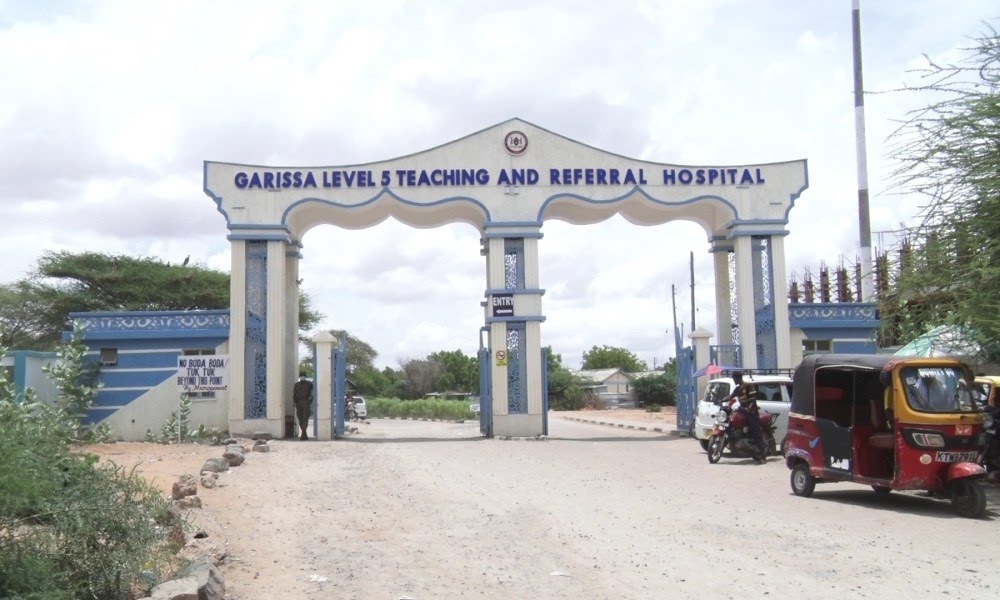
The entrance of the Garissa county teaching and referral hospital.
